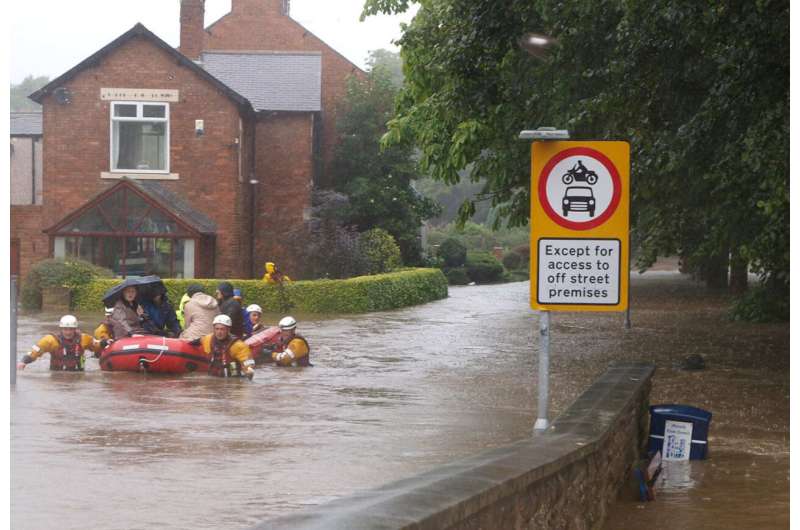Thanks to clouds, new climate simulations predict more warming than predecessors

A new study suggests global warming effect is underestimated, but climate scientists say more research is needed.
The most up-to-date computer simulations suggest that greenhouse gases emitted by human activity will leave the planet hotter than previously thought, researchers have found.
A study that combines the outputs of nearly 30 new computer models that simulate the Earth's climate suggests that, if the concentration of carbon dioxide in the atmosphere doubles, then the average global temperature should increase by 3.9 degrees C. This figure is around 0.6 degrees C more than previous simulations predicted.
New information about clouds—which act as a "sunscreen" for the planet—is assumed to be behind the change.
Potentially concerning prediction
Reflecting the findings of recent research, newer simulations assume that cold clouds thin out more as the atmosphere becomes warmer. Thinner clouds reflect less of the sun's energy back to space—meaning more warming on the Earth's surface. Over the whole planet, this effect could be amplifying global warming.
Whilst this prediction is "potentially concerning," the researchers say it is now important to establish how true-to-life the new climate simulations are, and whether clouds really do thin out as global temperatures continue to rise.
The new study was carried out by researchers at the United States' Lawrence Livermore National Laboratory (LLNL) in collaboration with colleagues from the University of Leeds and Imperial College London, and appears in the current issue of the journal Geophysical Research Letters.
"Clouds are Earth's sunscreen, reflecting away sunlight and keeping the planet cooler than it would otherwise be," explained Dr. Mark Zelinka, LLNL climate scientist and lead author of the study.
Shedding their protective sunscreen
If global warming leads to fewer or thinner clouds, that would cause additional warming above and beyond what is caused by the insulating effect of greenhouse gases like carbon dioxide—in other words, amplifying the effect of global warming. Most sources of greenhouse gases these days are human activities like manufacturing, flying, fossil-fueled vehicles and farming.
It is this amplifying effect that is stronger in the latest simulations, according to the new study. "These models are shedding their protective sunscreen in dramatic fashion, so they warm more in response to increasing carbon dioxide than their predecessors," Dr. Zelinka said.
The researchers analyzed how much the climate warmed following an abrupt increase in carbon dioxide, rather than trying to simulate plausible increases in the greenhouse gas.
This is an experiment designed to help them easily diagnose 'climate sensitivity' which is the amount of global warming that occurs from a doubling of atmospheric carbon dioxide—and an important measure used to determine how far governments, organizations and ordinary people should go to change their ways and combat global warming.
Comparing results
An important question is therefore whether the results of the latest simulations are more plausible than the previous ones.
"The results reported in our paper are potentially concerning, but it is still too early to say that climate sensitivity is higher than we thought," said Dr. Paulo Ceppi, co-author of the study from the Grantham Institute—Climate Change and the Environment at Imperial College London.
"We need to test these new climate models against observations and understand the physics of the amplifying effect of clouds," he added.
Moving forward, scientists will continue to compare the results from computer simulations with records of changing global temperatures to shine a light on where they have improved and where they remain deficient.
Dr. Zelinka added: "Only after fully vetting these models against the best available observations can we start making conclusions about whether we have more warming in store than we had originally thought."
More information: Mark D. Zelinka et al. Causes of higher climate sensitivity in CMIP6 models, Geophysical Research Letters (2020). DOI: 10.1029/2019GL085782
Journal information: Geophysical Research Letters
Provided by Imperial College London





















